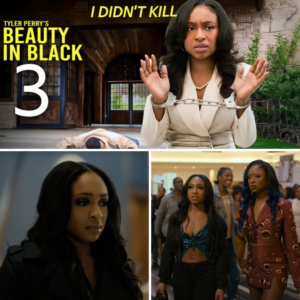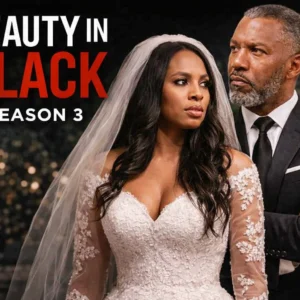X-Men ’97 includes some highly consequential narratives, including having one of its central heroes break the oldest and most important X-Men rule.
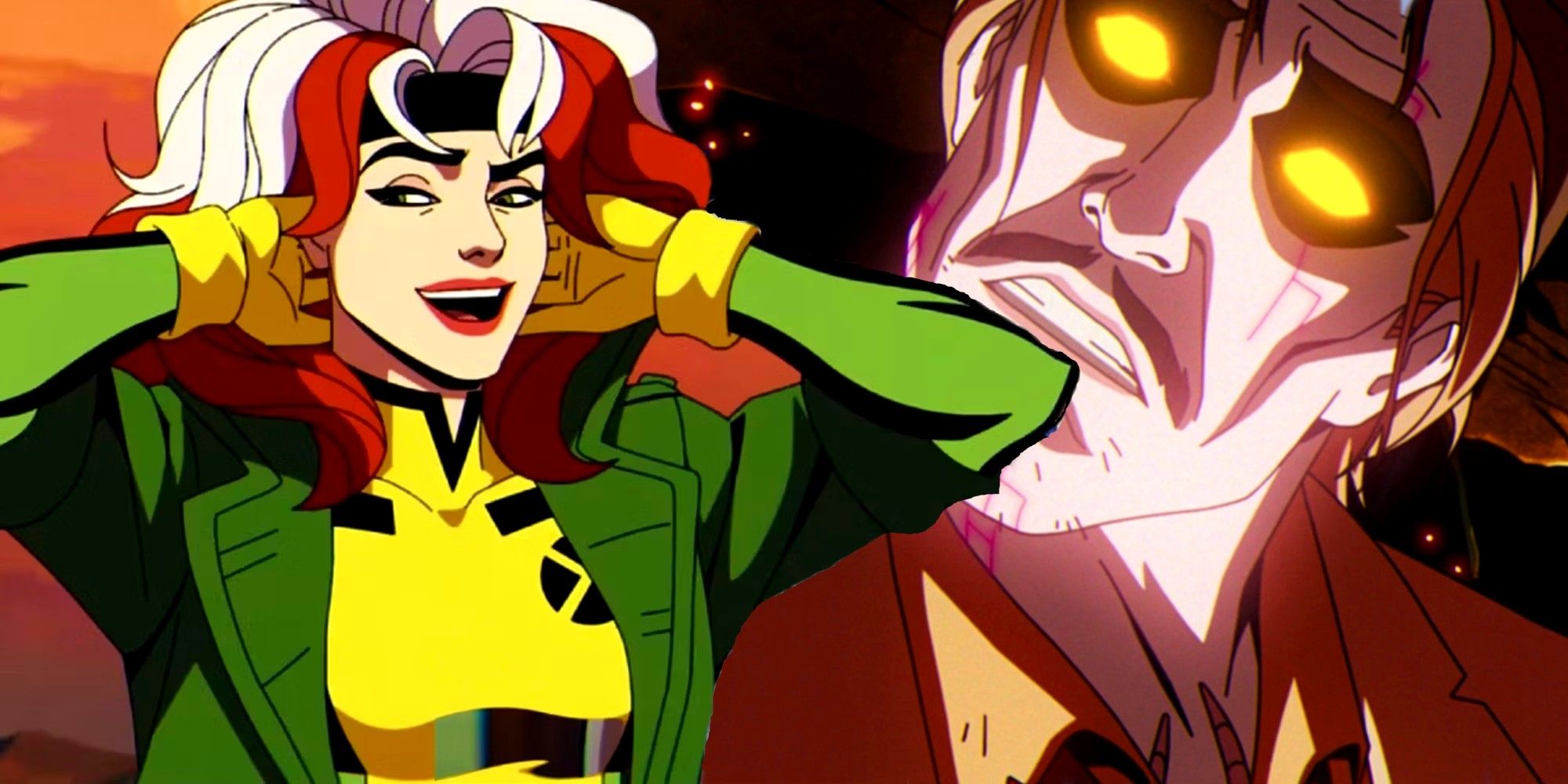
Warning! This article contains spoilers for X-Men ’97 episode 7.
X-Men ’97 has continued its trend for dramatic narrative surprises, this time by having Rogue break the X-Men’s biggest rule. Marvel’s mutant team has experienced a lot of turmoil throughout X-Men ’97, much of which has prompted them to question their previously sacred code of ethics. This reached its zenith in X-Men ’97 episode 7 “Bright Eyes,” which saw Rogue break the X-Men’s primary mandate as the war between humans and mutants initiates.
“Bright Eyes” deals with the aftermath after Sentinels destroyed Genosha and killed several X-Men ’97 mutants in the climax of X-Men ’97 episode 5 “Remember It.” Among these was Gambit, Rogue’s longtime paramour, prompting an immense outpouring of grief from the X-Men, but Rogue especially. In response, Rogue enacts a violent spree to find the Sentinel creator, Bolivar Trask, ultimately confronting him in Madripoor with her fellow X-Men.
Rogue Kills A Human In X-Men ’97
Rogue Kills Bolivar Trask In Episode 7 “Bright Eyes”
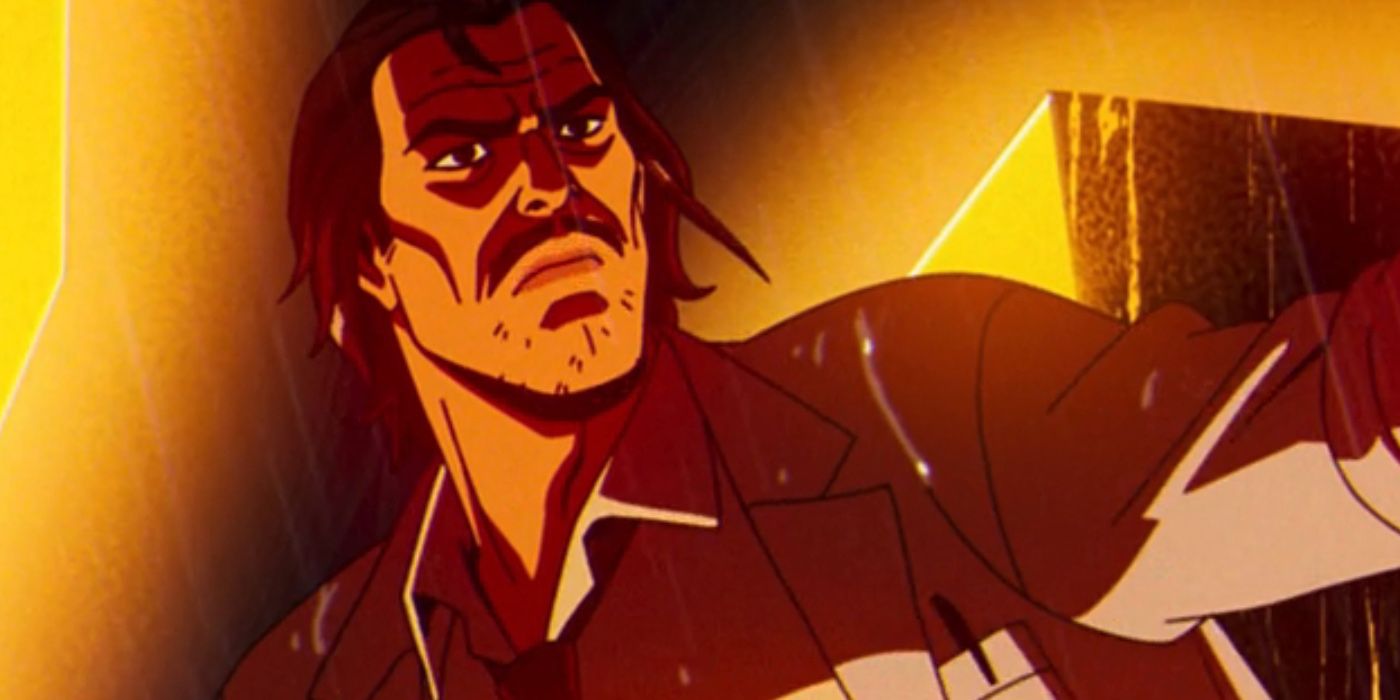
Rogue broke the X-Men’s biggest rule when she killed Bolivar Trask in X-Men ’97 “Bright Eyes.” Not killing humans has been a key rule for the X-Men since their debut. Xavier insisted that the heroes never cross that particular line, leading to the X-Men’s famed mission statement – to protect the world that hates and fears them. This is so the X-Men can prove their virtuous intent to the public, while also maintaining their heroic morality. Xavier even insisted that Bolivar Trask remain alive during
Rogue is, of course, overwhelmed by grief following Gambit’s death in episode 5 “Remember It.” This is why Rogue ignored the “No Humans” rule and threw Bolivar Trask to his death for his part in the Sentinels’ attack on Genosha. Her actions, while understandable, illicit shock from her fellow X-Men, as she has broken their oldest and most sacrosanct pledge.
However, there have been other examples of X-Men breaking the “No Human” rule. Like in X-Men: First Class, Magneto hunted escaped Nazis in X-Men comics, though not during his tenure as an X-Man. In X-Men ’97 episode 2 “Mutant Liberation Begins,” Magneto fights the urge to kill his human adversary but decides to uphold Xavier’s dream of peaceful resolution. Wolverine frequently disregards the “No Humans” rule, as does Deadpool – though the X-Force team is seemingly governed by different rules than the X-Men.
“No Humans” Is So Important, Marvel Made It An Official Law
The Quiet Council Of Krakoa Made Not Killing Humans Law
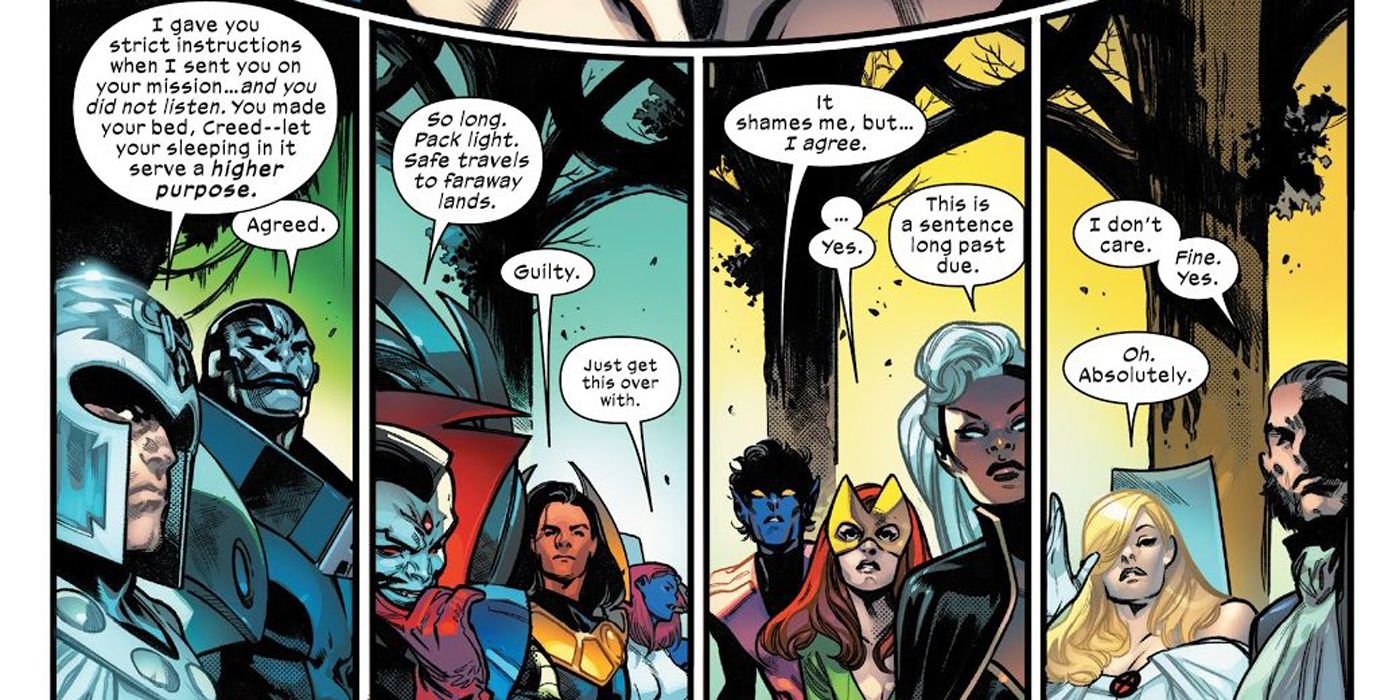
The Quiet Council of Krakoa was established to govern the mutant nation and ensure its prosperity and security. In 2019, during its inception in House of X #6, the council established three foundational laws for mutants living within Krakoa’s borders. Among these principles was that no mutant could take the life of a human, cementing the “No Humans” rule in law.
The rationale behind this rule was rooted in Krakoa’s unique resurrection protocols, which enabled deceased mutants to be resurrected and restored to life. However, this miraculous process did not extend to humans. Hence, the council’s decree served as a poignant reminder of the profound responsibility that came with the X-Men’s newfound immortality.
The X-Men’s “No Humans” rule was not merely a moral injunction, but a pragmatic safeguard against escalating tensions with humanity and jeopardizing the fragile peace that mutants had fought so hard to achieve. By upholding this principle, the Quiet Council affirmed its commitment to coexistence and nonviolence, even in the face of adversity. It became a cornerstone of Krakoa’s identity, symbolizing the enduring resolve of mutantkind to forge a better future, not just for themselves, but for all who share the world with them. It’s these principles that Rogue jeopardized when she seemingly killed Bolivar Trask in X-Men ’97.
How Bolivar Trask Returns From The Dead In X-Men ’97
Bolivar Trask Returns As A Nightmarish Sentinel Creation
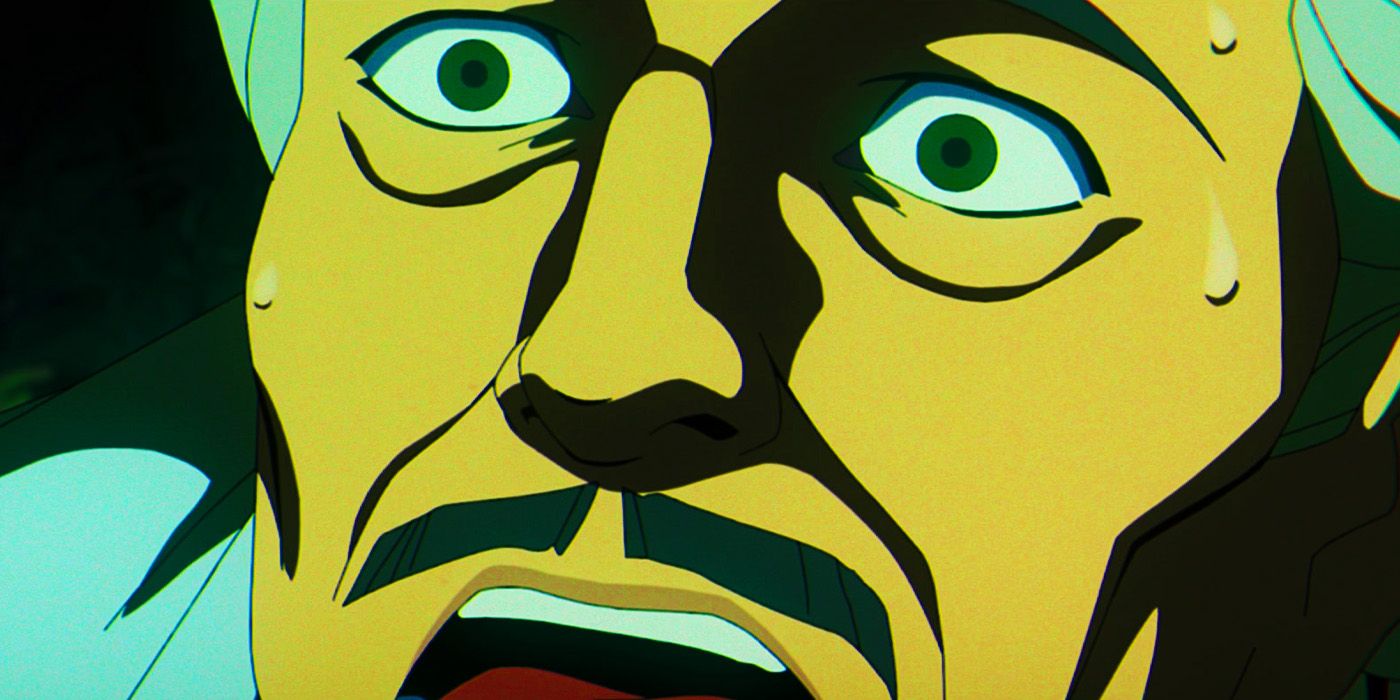
In X-Men ’97 “Bright Eyes,” Bolivar Trask experiences a chilling resurrection with drastic repercussions. In a dramatic encounter in Madripoor, Rogue seemingly dispatches Bolivar Trask by sending him plummeting from a rooftop. However, Trask reappears, not as a mere mortal but as a formidable robotic entity – a Prime Sentinel.
These Prime Sentinels, an evolution of the notorious Sentinels from Marvel Comics lore, are the brainchild of Bastion, designed with one sinister purpose: mutant eradication. As X-Men ’97 episode 7 reveals, these mechanical behemoths are a formidable threat akin to their comic book counterparts. Yet, amidst the metallic exterior lies a haunting truth: Trask’s consciousness remains trapped within the mechanical shell, akin to a prisoner within his own creation.
This eerie revelation mirrors the concept of Prime Sentinels from Marvel Comics, where humans are merged with Sentinel technology through nanotech implants, transforming them into sleeper agents primed for mutant annihilation. X-Men ’97 masterfully intertwines elements of the comic book mythos, offering a fresh perspective on comic book lore and setting up an almighty confrontation in the mutant-human war in the three-part X-Men ’97 finale.
